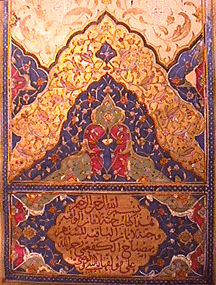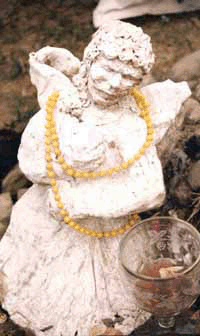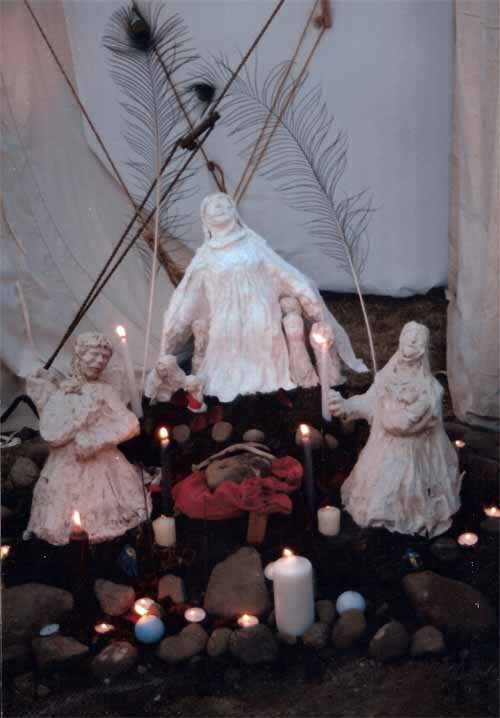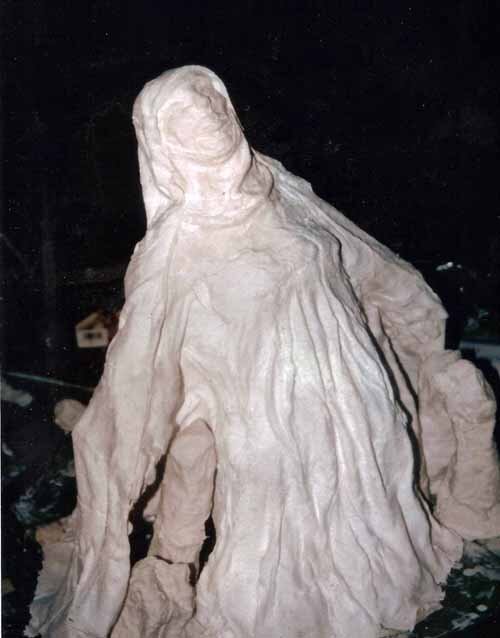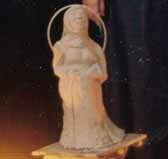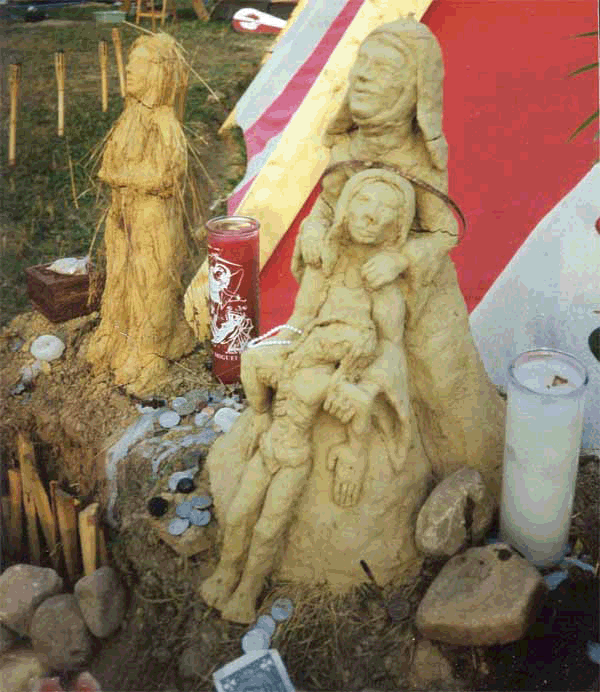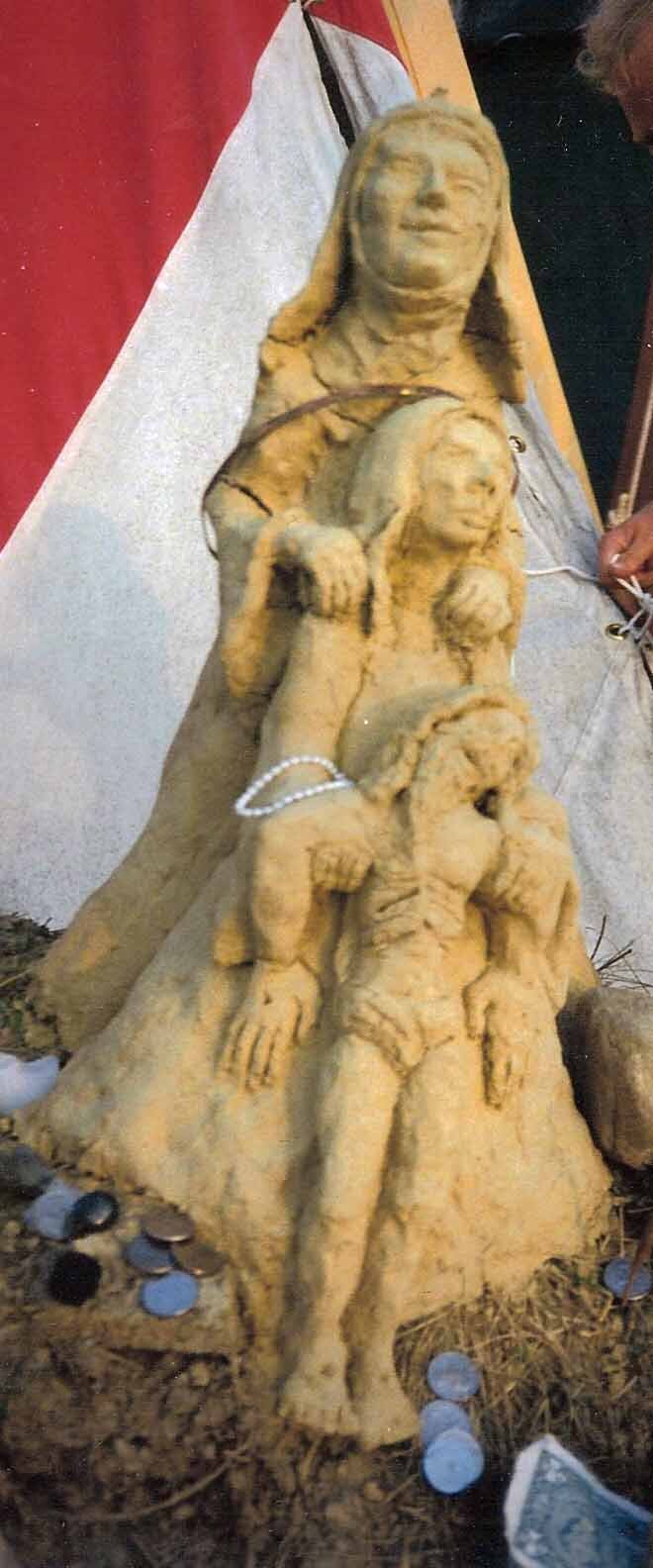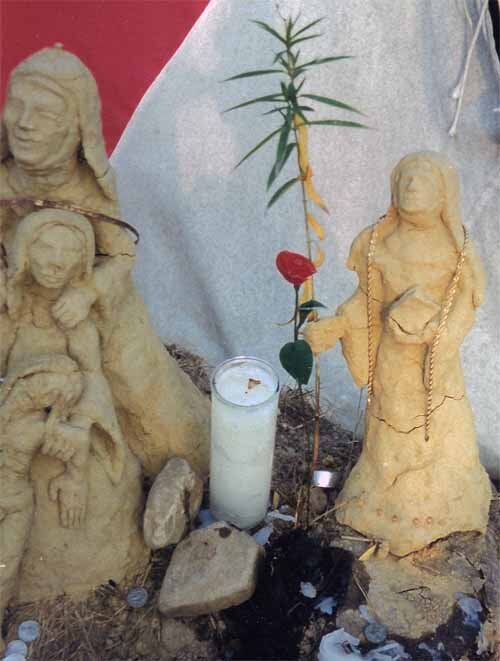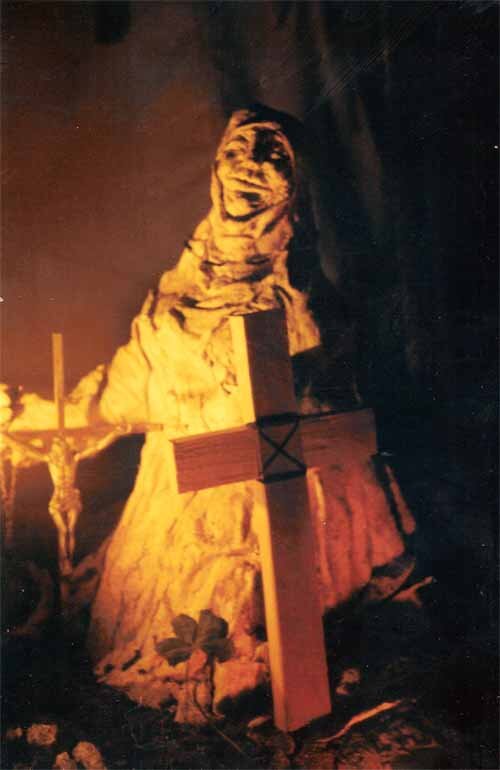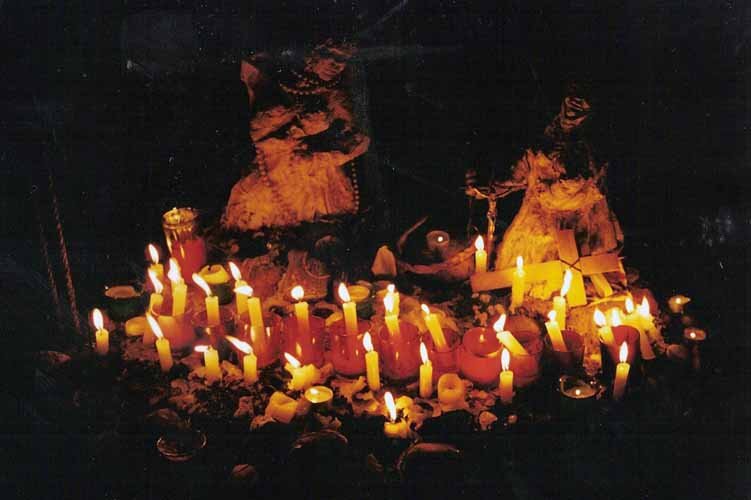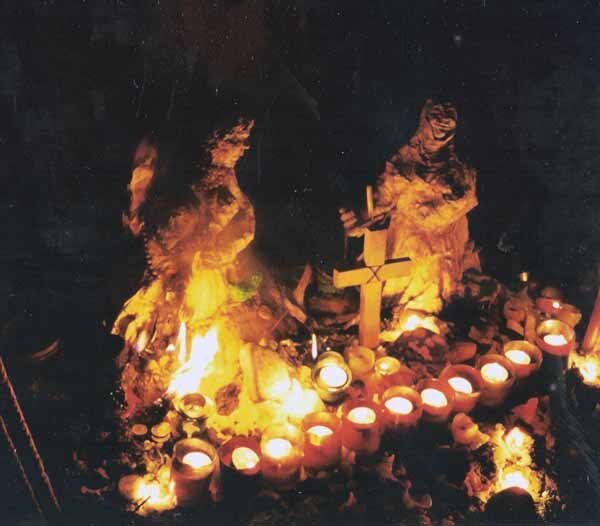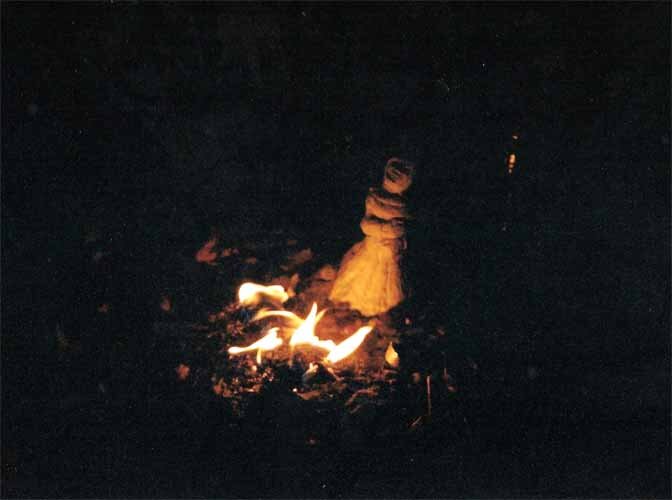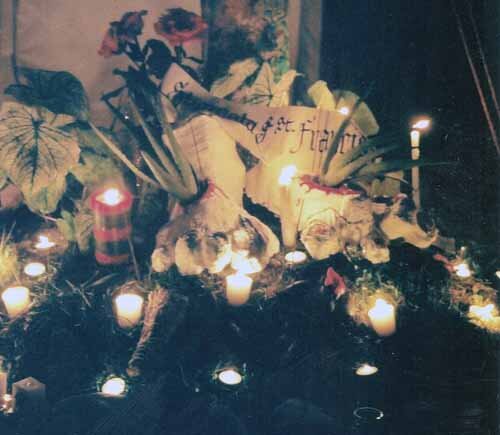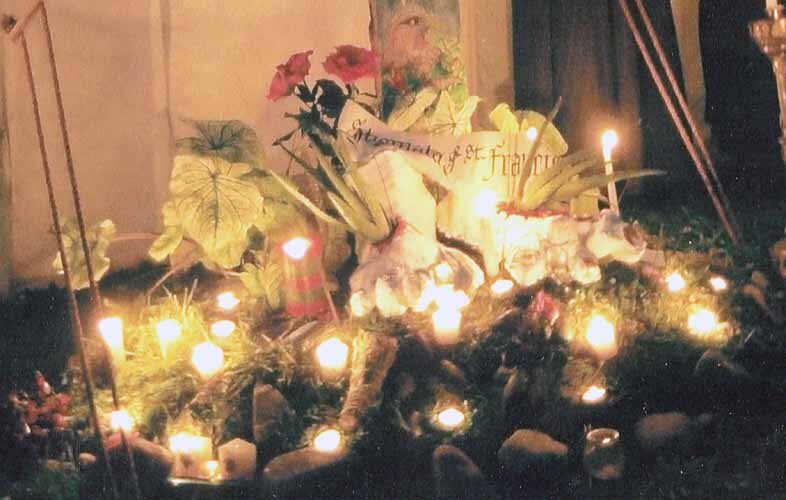Making art is a physical act with physical outcomes. The crux of the problem is how to join the physical and spiritual worlds. How do we bring the sacred into physical form and why?I am deeply influenced by the ideas of early alchemists who sought to purify matter. Most people have heard of how alchemists looked for the philosopher’s stone, an elixir, which would transform base impure metals such as lead into gold. They described their quest as perfecting or healing matter. Gold, the purest metal, a symbol of the Divine on earth was not the true goal of an alchemist. Alchemists believed in the sacred principle “as above, so below” as written in the Emerald Tablet. As the alchemist purified matter externally, they believed they were making corresponding internal changes to the own souls. Their true goal was spiritual perfection & union with God.The same principle is at work when an artist creates. Artwork manifests the spiritual changes occurring within the artist as they create. All creativity is ignited from the same flame, tapped from the same eternal well. By creating, artists contact & connect with their source and that fundamentally changes them. Why do you think so many artists turn to drink and flirt with madness? This connection with our source is awesome and can be overpowering and painful. Artists don’t need pain and suffering to create, but most of us are so closed off from our Divine source that when we access it, the pain of our separation crashes down on us in a crushing blow. It’s not the pain an artist needs to create, it’s the pain that comes with the act of creation.However, if an artist or mystic continues to seek God eventually they become tempered like a sword in the fire and can bear more closeness with less pain. When the artist learns to allow the fecund stream of Divine creativity to flow through them with out expectation or control, the artwork which is created resonates with God. This artwork becomes a pivoting point from this world to the next. But the goal is not to escape the physical and return to God, it is to join the two worlds as one. Art can provide a powerful experience of the Divine in a way few other things can.Sister Wendy has a really interesting passage in her book The Mystical Now: Art and the Sacred (Thanks John for pointing it out to me!):
GK Chesterton, mourning our state as fallen creatures, ego-lovers…explained: ”We have forgotten who we and what we are.” And art, he said, ”makes us remember that we have forgotten.” This is painful. It is also our best means apart from direct contact with God, of rediscovering that interior integrity. All great art, being spiritual, both grieves over and celebrates “what we are.” It needs no religious iconography for this…(p. 9)
She goes on to say that this is why “so many people unconsciously fear and resist art.” It is not the fear of art, it is the fear of God.I think it is clear from what I have said, that artists have a responsibility for the physical nature of what they create. Elsewhere, I’ve discussed the artist’s responsibility to the Light, to choose to be a vessel for light and good in this world. But this is slightly different. Artists also have a responsibility to the material world. As the alchemists did with metals, the artist purifies matter in the act of creation. Our responsibility is nothing less than to be active participants in healing the earth. My next post will clarify this in further.


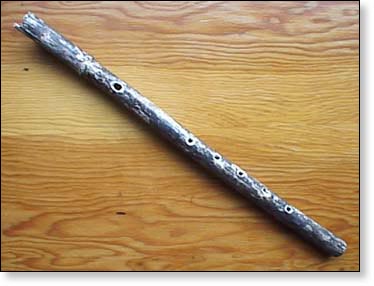 I can't seem to get enough of Tagore. I've posted many of his poems here because he so intimately understands the process of creativity.
I can't seem to get enough of Tagore. I've posted many of his poems here because he so intimately understands the process of creativity.


 So I started & finished
So I started & finished 